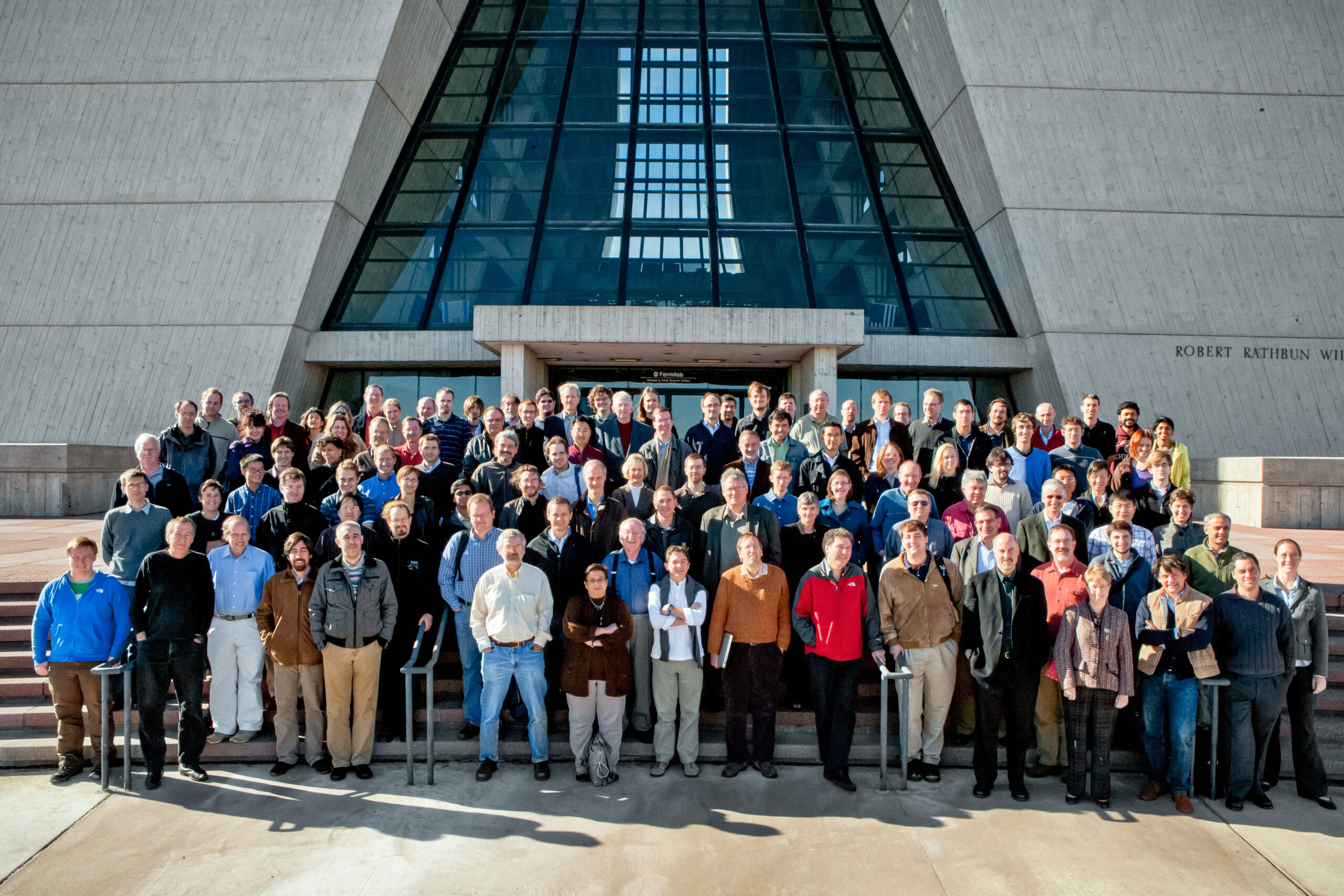Supply Chain Disruptions
Geopolitical tensions are like unpredictable storms that can shake the very foundation of global energy supply chains. Conflicts, trade restrictions, or political unrest can create severe disruptions, affecting the flow of oil, natural gas, and other crucial resources. Imagine a vast network of highways suddenly blocked, leaving trucks full of essential goods stranded. This is what happens when supply chains break down, leading to shortages and price spikes. The ripple effects can be felt worldwide, impacting every aspect of daily life. The challenge is to find ways to build more resilient supply chains that can withstand these disruptive forces. This might involve diversifying supply routes or increasing local production to reduce dependency on fragile international networks.
Rising Energy Costs
High energy costs are like a heavy blanket, weighing down economies and burdening households. When prices for oil and gas skyrocket, it affects everything from heating bills to manufacturing costs. Families may find themselves choosing between heating their homes and other essential expenses, while industries face shrinking profit margins. Governments also feel the pinch, as they struggle to balance budgets amid growing demands for energy subsidies. The impact is widespread, slowing economic growth and increasing the cost of living. Finding solutions to manage these rising costs is a critical challenge, requiring innovative approaches and new policies.
Dependence on Fossil Fuels
Our addiction to fossil fuels is like a double-edged sword, providing energy while also holding us back from greener alternatives. Despite the known environmental impact, the world remains heavily reliant on oil, coal, and natural gas. The transition to renewable energy is slow and fraught with challenges. Fluctuating oil and gas markets add uncertainty, making it difficult to plan long-term investments in renewable technologies. This dependence locks us into a cycle that is hard to break, requiring bold leadership and vision to pivot towards sustainable energy sources. The challenge is to find ways to accelerate this transition without destabilizing economies or sacrificing energy security.
Infrastructure Limitations
Much of the world’s energy infrastructure is aging, like an old car in need of frequent repairs. Power plants, pipelines, and grids are often outdated and ill-equipped to handle the growing demands for energy. Insufficient investment in renewable energy systems further compounds the problem, leaving many regions unable to meet current or future needs. This is a significant barrier to progress, as modern infrastructure is essential for a stable energy supply. Overcoming this challenge requires substantial investment and innovation, focusing on building new, efficient systems that can support a sustainable energy future.
Climate Change Implications
The energy crisis is intertwined with climate change, like two strands of a complex web. Increased reliance on nonrenewable resources during crises leads to higher carbon emissions, conflicting with global climate goals. This exacerbates environmental conditions, contributing to extreme weather events and rising sea levels. The challenge is to balance immediate energy needs with long-term environmental responsibilities. It requires a coordinated effort to reduce emissions, invest in clean energy, and implement policies that align with climate objectives. The stakes are high, and the need for action is urgent.
Accelerated Renewable Energy Adoption
The silver lining of high fossil fuel prices is the push towards renewable energy adoption. Like a gust of wind propelling a sailboat, these challenges drive investments in solar, wind, and other renewable technologies. Companies and governments are more inclined to explore sustainable alternatives, hastening the energy transition. This momentum creates opportunities for innovation and growth within the renewable sector. By embracing these technologies, we can reduce our carbon footprint and create a more sustainable energy future. The opportunity lies in harnessing this momentum to build a cleaner, greener world.
Innovation in Energy Storage
The quest for reliable energy sources is spurring remarkable advancements in energy storage technology. Imagine batteries that can store vast amounts of energy, like a reservoir holding water for future use. These innovations are essential for stabilizing renewable energy supplies, ensuring that power is available even when the sun isn’t shining or the wind isn’t blowing. Breakthroughs in battery technology and other storage solutions are transforming the energy landscape, making renewables more viable and attractive. The opportunity is to continue fostering these innovations, paving the way for a more resilient and flexible energy system.
Diversification of Energy Sources
The global energy crisis is prompting countries to diversify their energy sources, like a chef experimenting with new ingredients to enrich a dish. Beyond traditional fossil fuels, there’s growing interest in hydrogen, nuclear power, and biofuels. These alternatives offer the potential to reduce dependency on volatile oil and gas markets, creating a more stable energy environment. Diversification also opens up new avenues for research, development, and collaboration. The opportunity is to explore these diverse options, building a multifaceted energy portfolio that enhances security and sustainability.
Improved Energy Efficiency
The energy crisis is a catalyst for improved efficiency, like a coach pushing a team to perform at its best. Governments, businesses, and individuals are motivated to adopt energy-efficient technologies and practices, reducing waste and costs. From smart grids to energy-saving appliances, these innovations are making a tangible difference in how we consume energy. This focus on efficiency not only saves money but also contributes to environmental goals by reducing emissions. The opportunity is to continue championing efficiency, making it a cornerstone of our energy strategy.
Policy and Collaboration Opportunities

The energy crisis presents a unique opportunity for policy and collaboration, like a bridge connecting diverse interests and goals. Governments and international organizations are prompted to work together on energy policies, infrastructure investment, and climate action plans. This collaboration can lead to more effective solutions, aligning efforts across borders to ensure long-term stability. By fostering partnerships and dialogue, we can create a more cohesive and coordinated approach to energy challenges. The opportunity lies in building these connections, leveraging collective wisdom and resources to shape a sustainable energy future.



